Russian press is paying special attention to the Koksan self-propelled gun made by North Korea, saying it is a significant addition to its arsenal.
Russian newspaper interested in North Korean Koksan self-propelled artillery
Saturday, October 26, 2024 4:43 PM (GMT+7)
Russian press is paying special attention to the Koksan self-propelled gun made by North Korea, saying it is a significant addition to its arsenal.
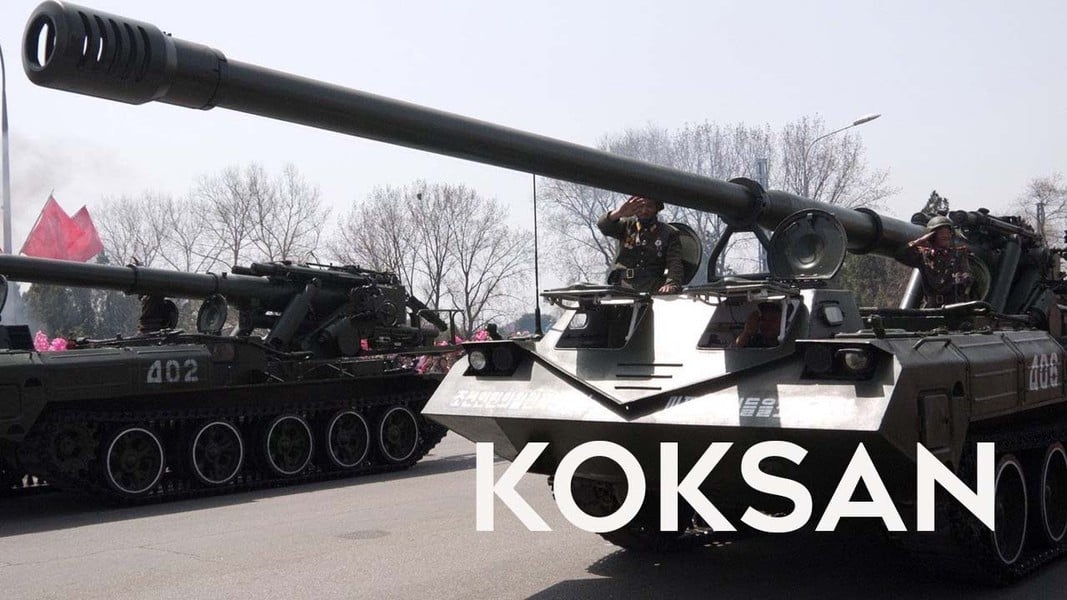
North Korea's most powerful Koksan self-propelled gun is manufactured in two versions, M1978 and M1989, which stand out with an unusual caliber of 170 mm instead of the standard 175 mm or 203 mm, which raises many questions from experts. According to Rossiskaya Gazeta.
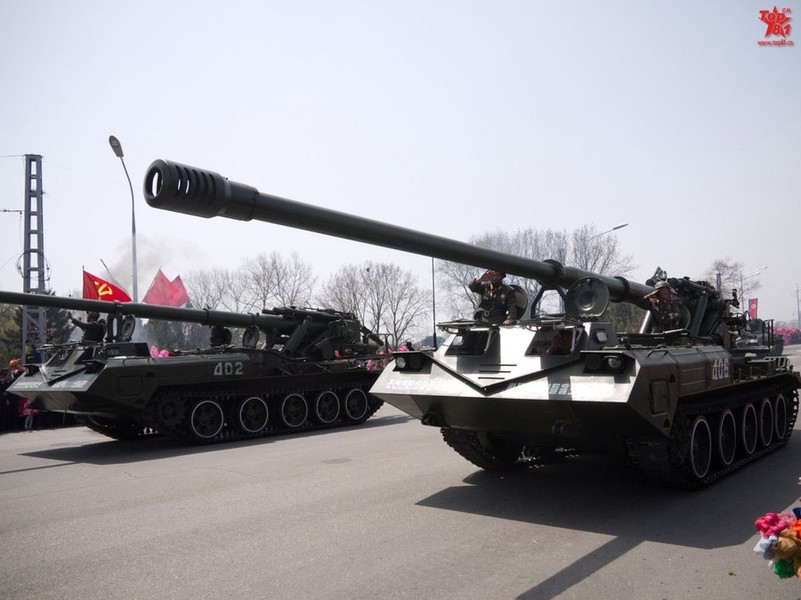
There are theories that North Korea developed its weapons by studying captured Japanese 150mm guns, or by studying German-made 170mm guns it received from the Soviet Union, according to Rossiskaya Gazeta.
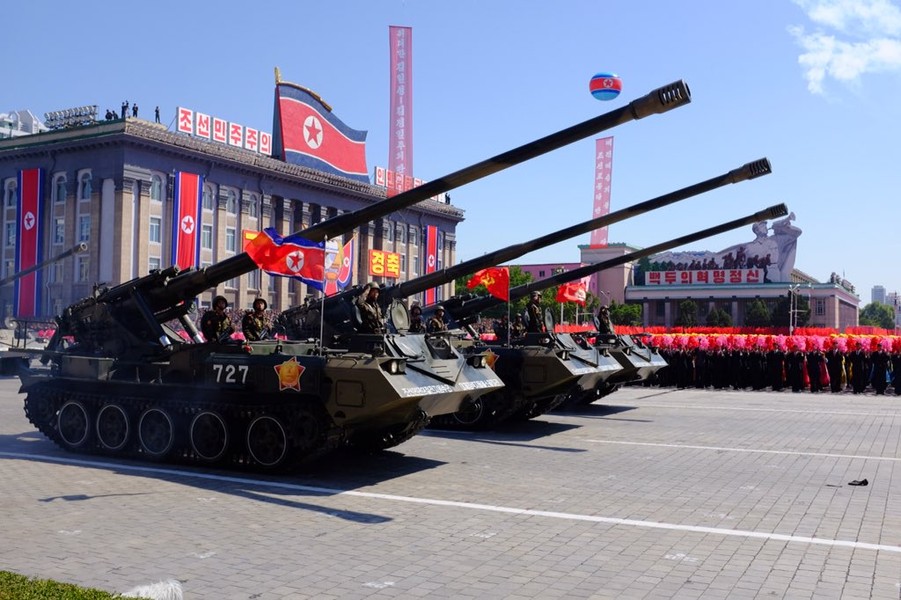
In general, the history of the development of this type of self-propelled artillery is still unclear, it can only be emphasized that Koksan is a small city in North Korea, where the weapon was first revealed in 1978 and was used by NATO for its classification name. According to Rossiskaya Gazeta.
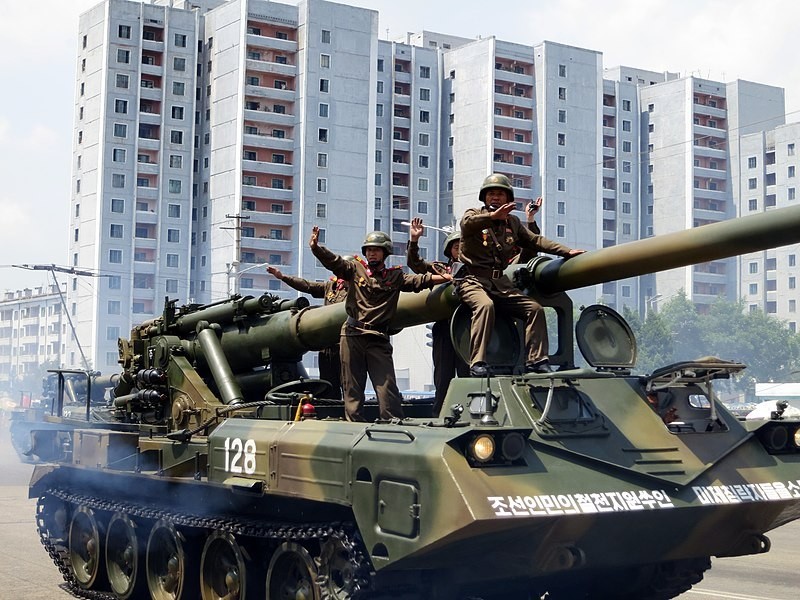
Two versions of the Koksan self-propelled gun were produced, including the basic M1978 variant using the chassis of the T-54 tank or a copy of the Chinese Type 59, and the upgraded M1989 with an additional 12-round magazine and using the chassis of the T-62 tank. According to Rossiskaya Gazeta.
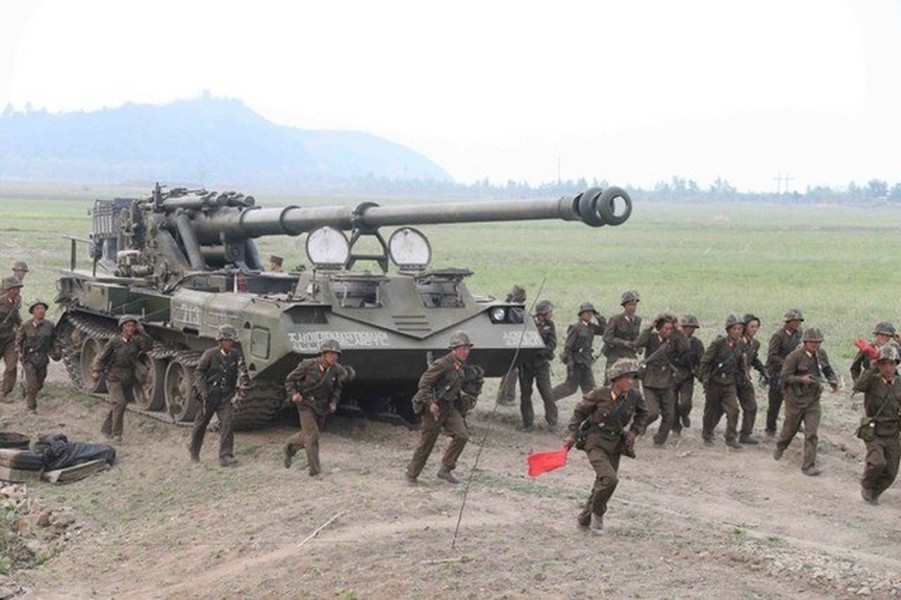
Another issue of concern is that up to now, the number of Koksan self-propelled guns of both M1978 and M1989 versions that the North Korean Army has in service has not been made public. According to Rossiskaya Gazeta.
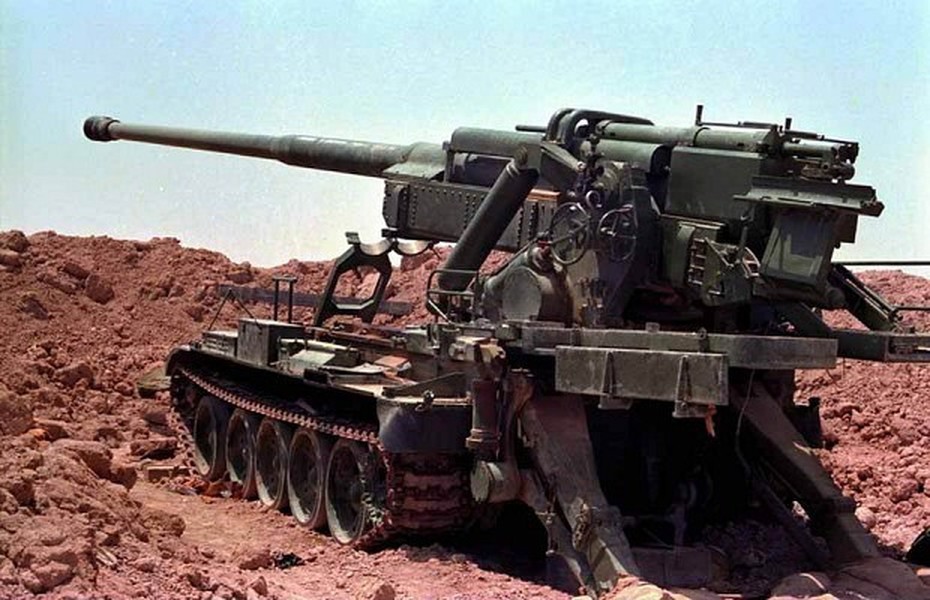
Based on some open documents, Western military experts said that these self-propelled artillery systems are in the combat formation of artillery battalions with a standard staff of 36 guns, they create direct pressure on the capital Seoul of South Korea. Koksan self-propelled artillery has a range of up to 40 km when using conventional ammunition, or 60 km with extended-range reactive ammunition with a secondary booster, but the rate of fire is very slow, only 1-2 shots in a period of 5 minutes. According to Rossiskaya Gazeta.
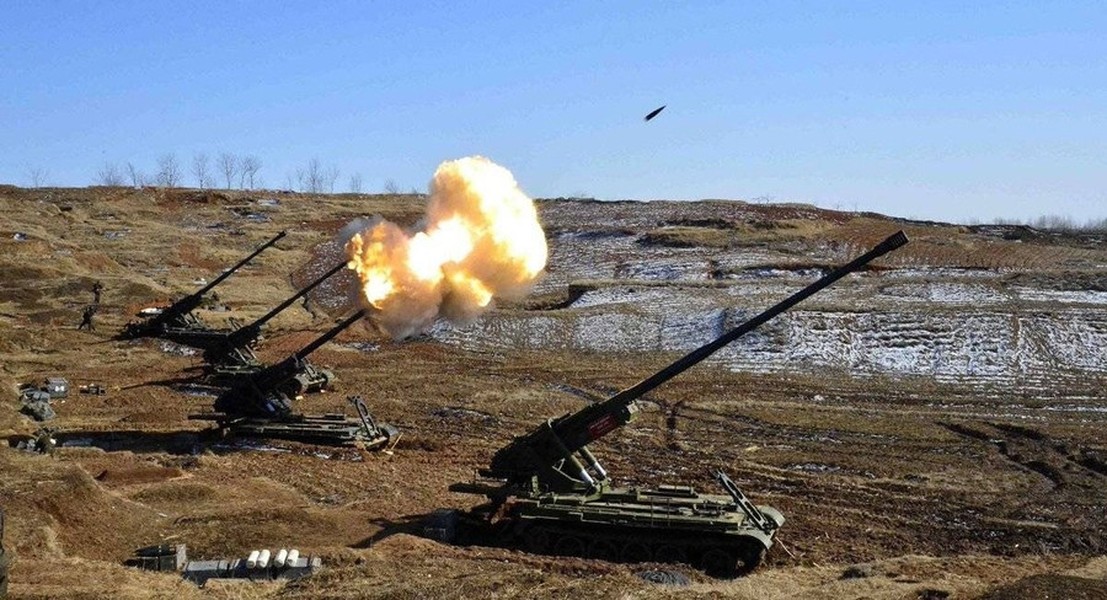
A Koksan self-propelled artillery system has a combat weight of about 40 tons, a maximum speed on the highway of 50 km/h, and a crew of 7 people due to the rather rudimentary level of automation. According to Rossiskaya Gazeta.
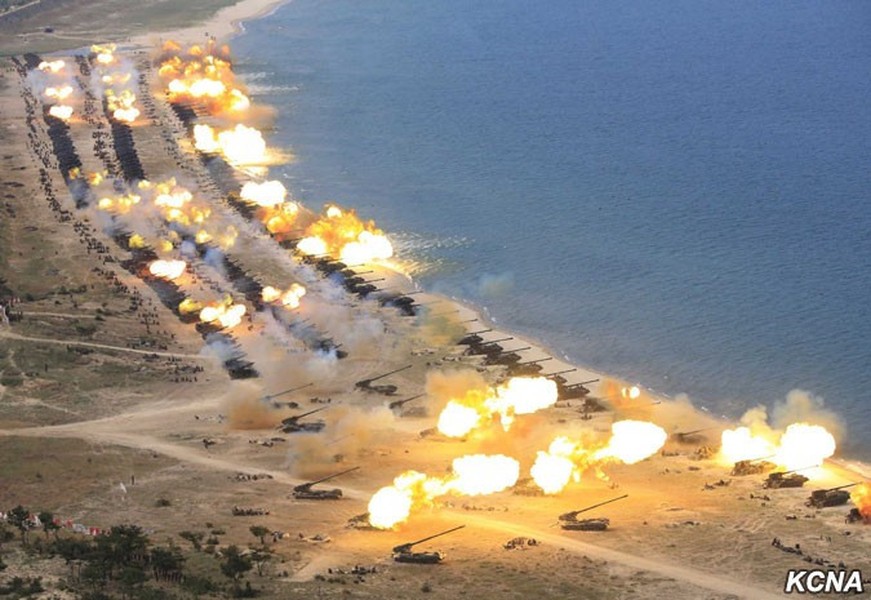
In modern conditions, with the use of reconnaissance drones, the effectiveness of the Koksan self-propelled gun can be significantly increased by directly monitoring each shot to conduct fire correction. According to Rossiskaya Gazeta.
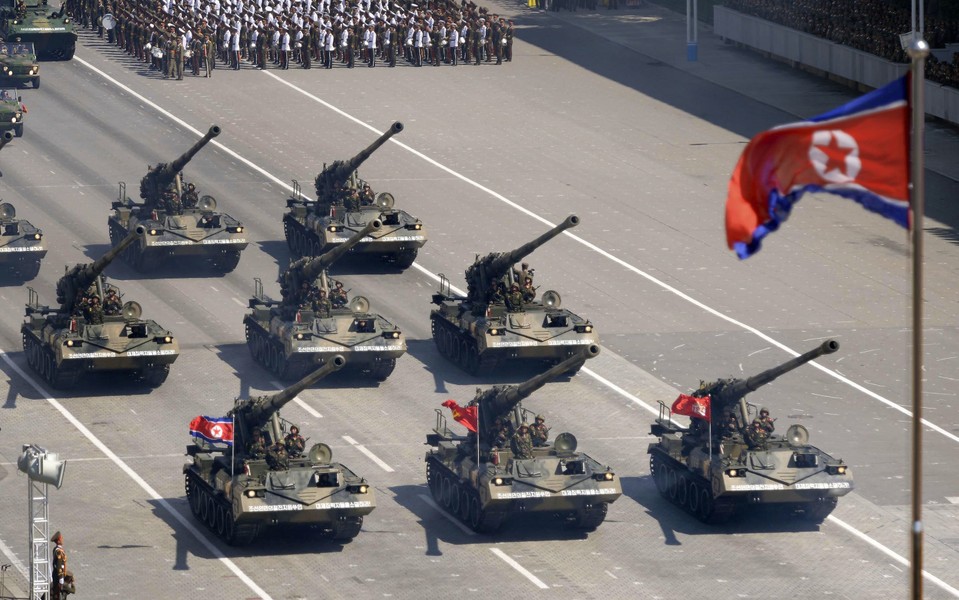
However, the lack of calibrated guided ammunition in the combat component also makes many military experts comment that the actual effectiveness of the Koksan self-propelled gun is not high, especially in modern battlefield conditions. According to Rossiskaya Gazeta.
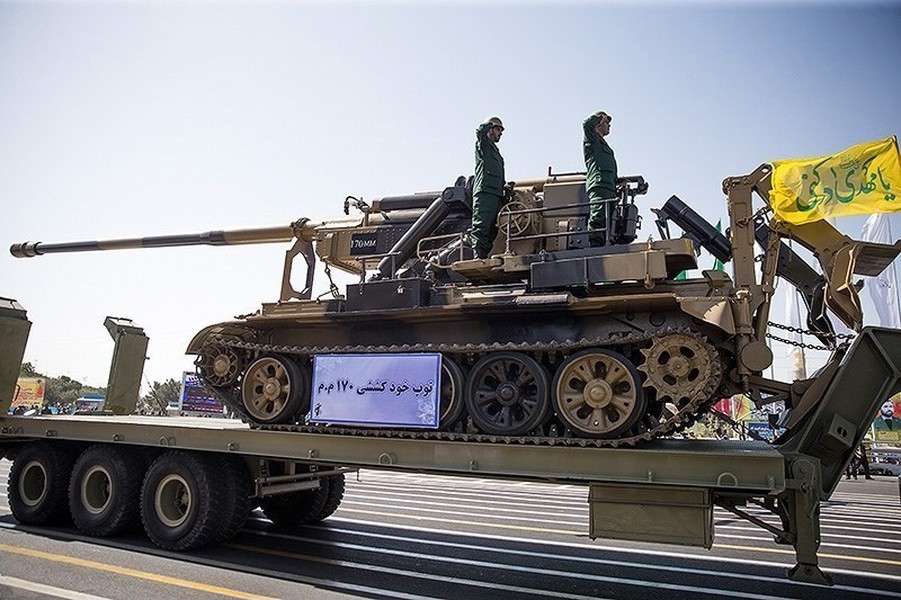
The M1978 Koksan was widely exported by North Korea, and this weapon distinguished itself during the Iran-Iraq War (1980-1988), proving to be an extremely powerful tool for conducting long-range attacks. According to Rossiskaya Gazeta.
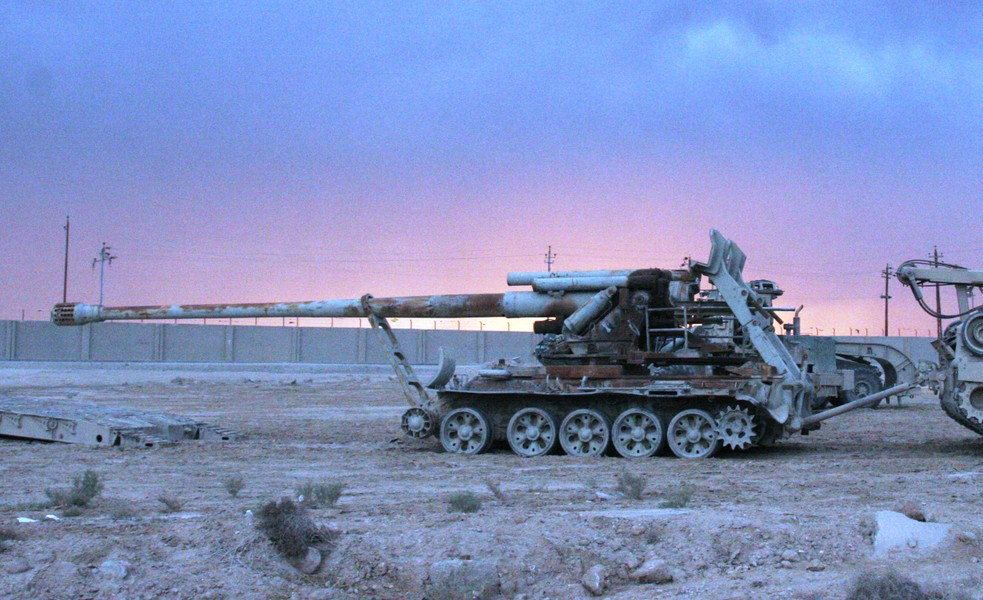
However, there are conflicting data, for example, according to one version, in this war, Koksan self-propelled guns were supplied only to Iran, while according to another source, Pyongyang sold them to the Iraqi Army as well. According to Rossiskaya Gazeta.
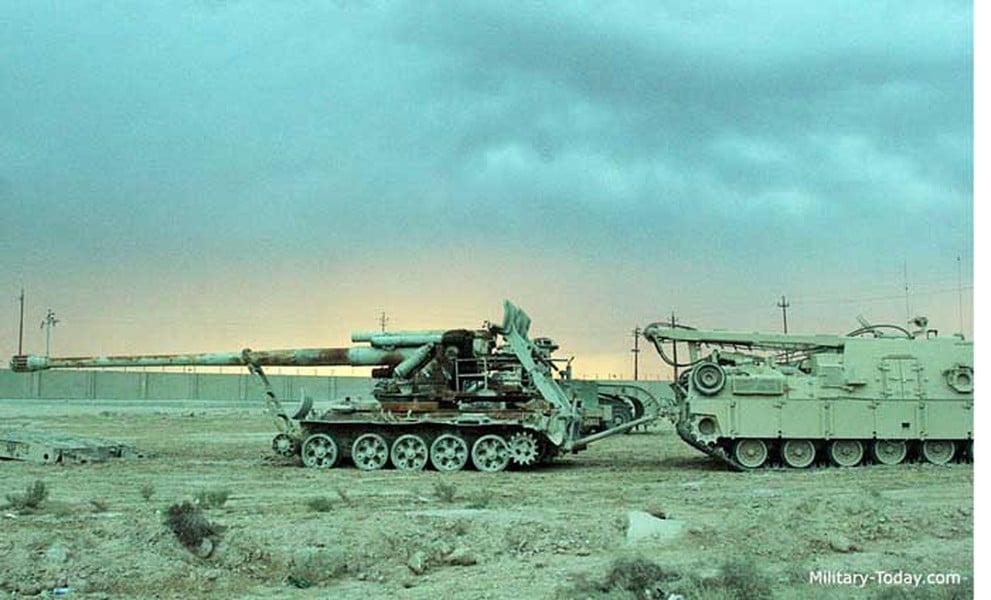
Apart from North Korea, Iran is currently the only country outside of Korea that uses Koksan self-propelled guns, with about 30 of the M1978 version, some of which have recently been seen in the hands of the Hezbollah armed group in Lebanon, possibly supplied by Tehran, according to Rossiskaya Gazeta.
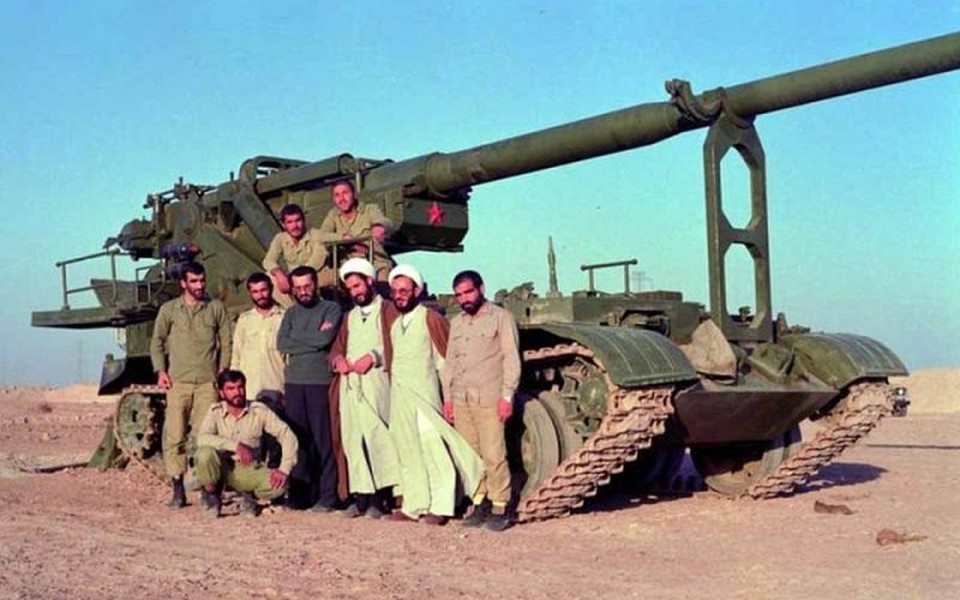
Since 2022, Russian media have commented that the above-mentioned self-propelled guns may be supplied by North Korea as a supplement to large-caliber artillery and mortars such as the 2S7 Pion and 2S4 Tyulpan. According to Rossiskaya Gazeta.

But with the characteristics mentioned above, if this weapon is added, the strength of Russian artillery will probably not be enhanced compared to the present, and will even create a significant burden in terms of technical assurance. According to Rossiskaya Gazeta.
PV (according to ANTĐ)
Source: https://danviet.vn/bao-nga-quan-tam-toi-phao-tu-hanh-koksan-trieu-tien-20241026164110358.htm


![[Photo] General Secretary To Lam received the delegation attending the international conference on Vietnam studies](https://vphoto.vietnam.vn/thumb/1200x675/vietnam/resource/IMAGE/2025/10/26/1761456527874_a1-bnd-5260-7947-jpg.webp)

![[Photo] Nhan Dan Newspaper displays and solicits comments on the Draft Documents of the 14th National Party Congress](https://vphoto.vietnam.vn/thumb/1200x675/vietnam/resource/IMAGE/2025/10/26/1761470328996_ndo_br_bao-long-171-8916-jpg.webp)


![[Photo] Enjoy the Liuyang Fireworks Festival in Hunan, China](https://vphoto.vietnam.vn/thumb/1200x675/vietnam/resource/IMAGE/2025/10/26/1761463428882_ndo_br_02-1-my-1-jpg.webp)
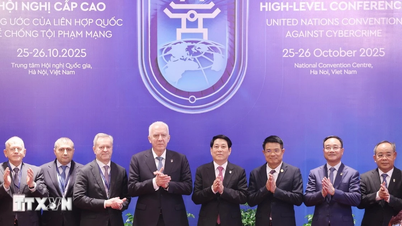

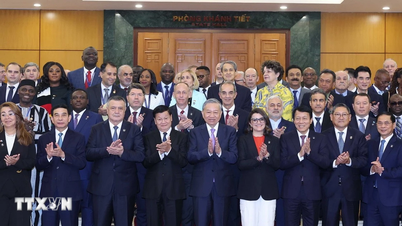
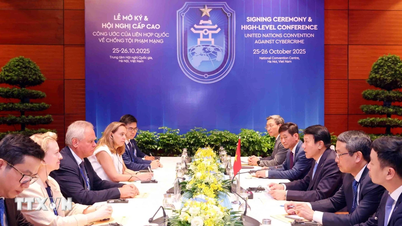
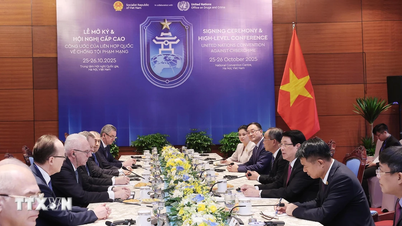
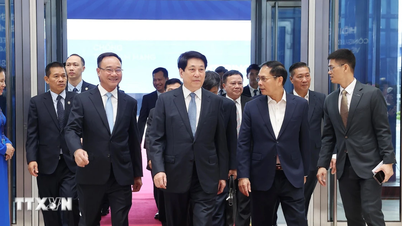
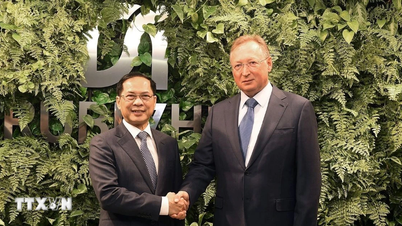


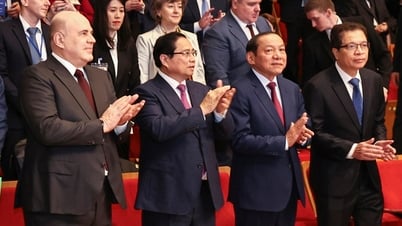









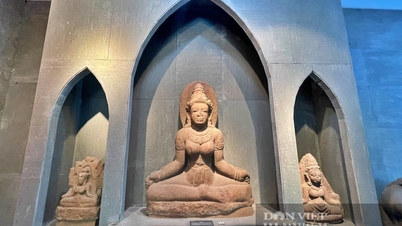

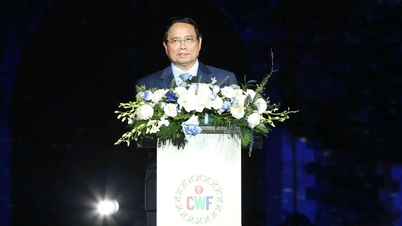
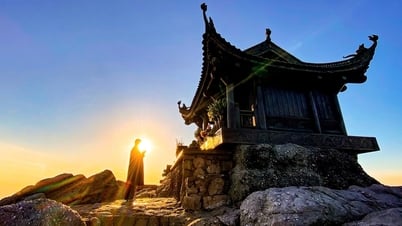
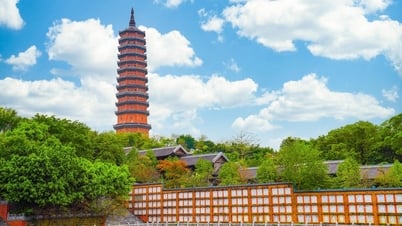

![[Photo] Prime Minister Pham Minh Chinh attends the opening of the 47th ASEAN Summit](https://vphoto.vietnam.vn/thumb/1200x675/vietnam/resource/IMAGE/2025/10/26/1761452925332_c2a-jpg.webp)
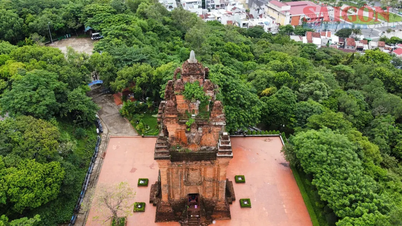














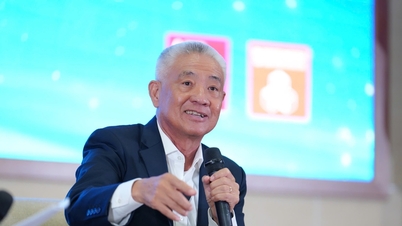






















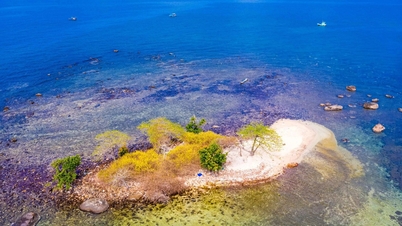
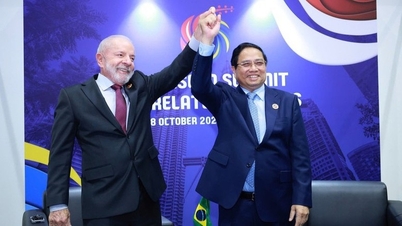
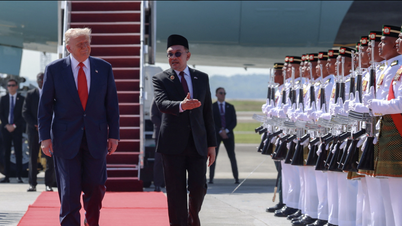

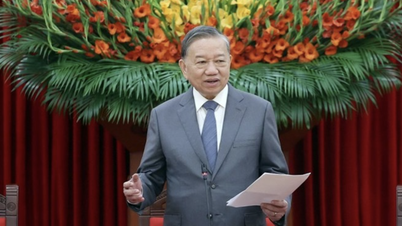

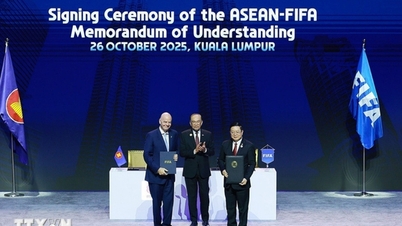



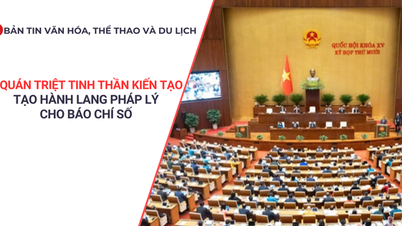
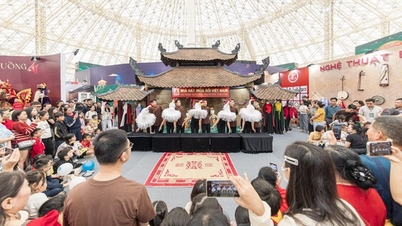



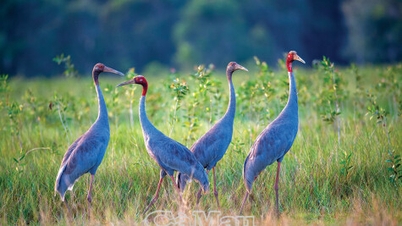

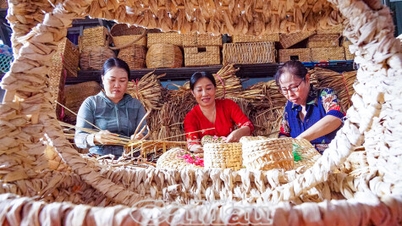
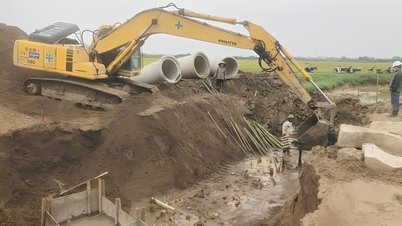



















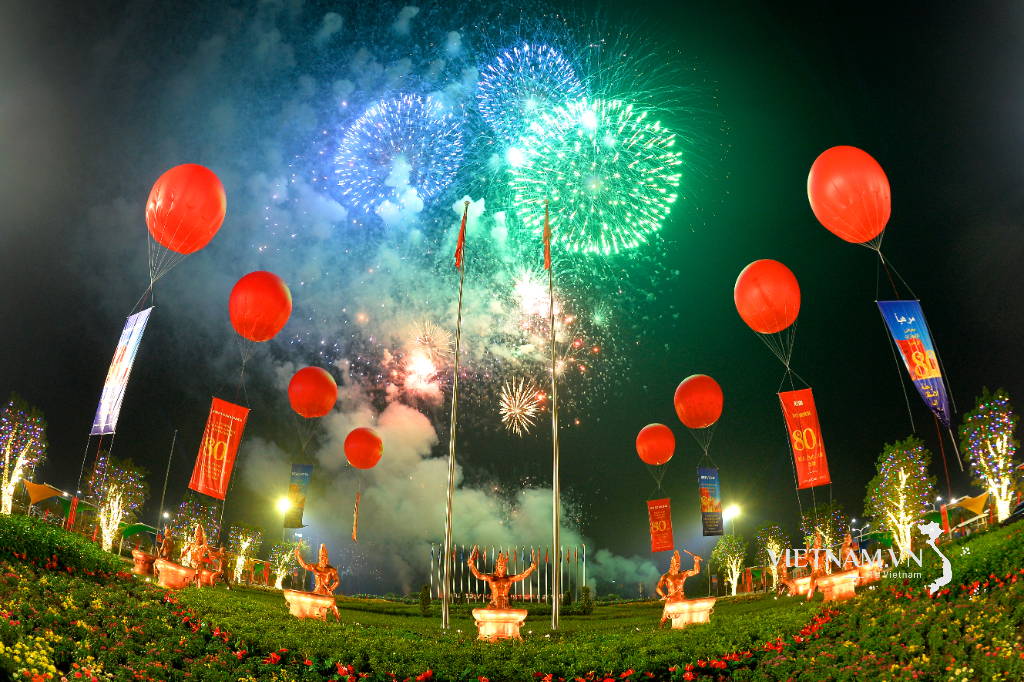


Comment (0)